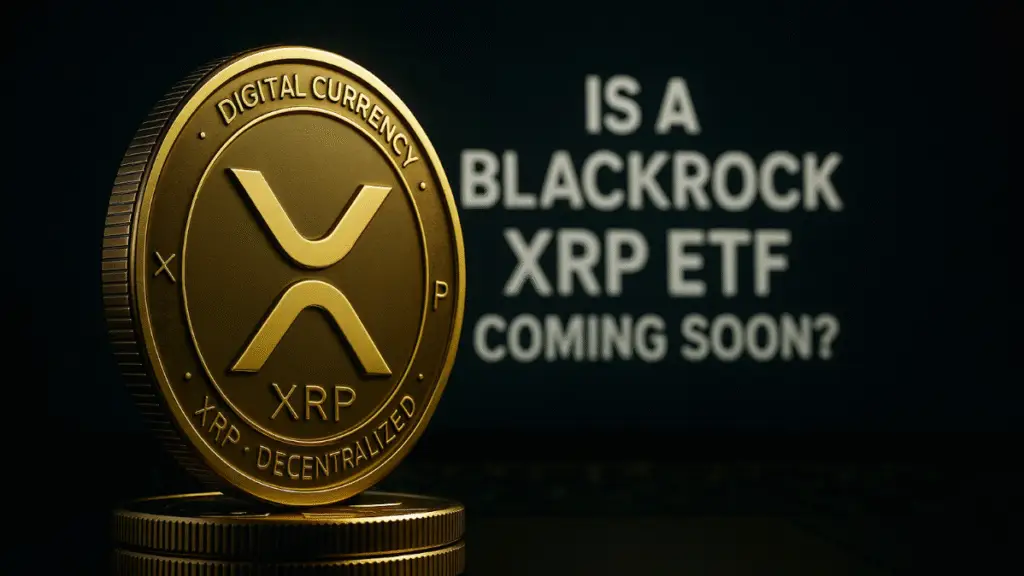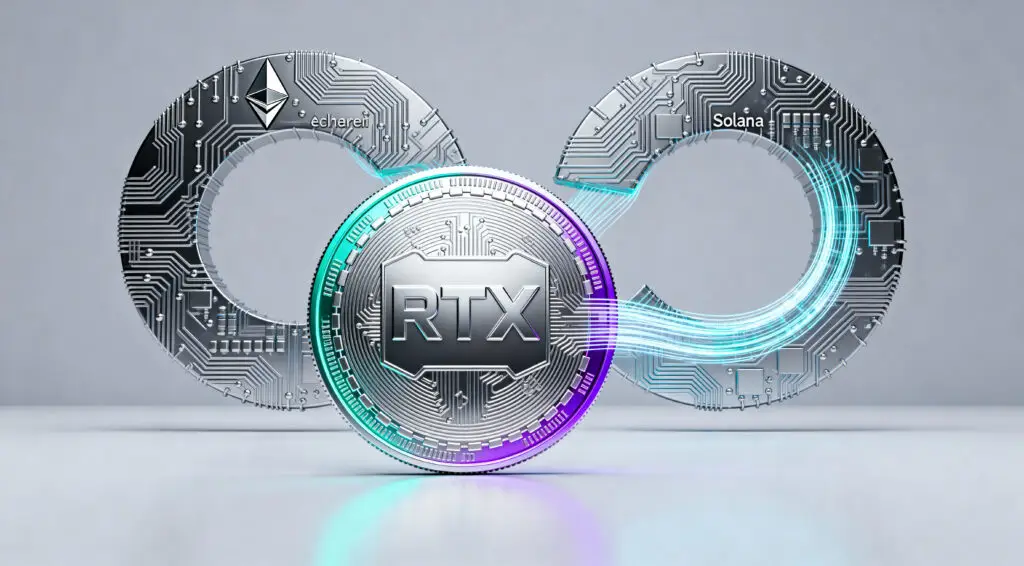Ethereum’s Stalled Momentum: Derivatives Signal Caution
Ether (ETH) price has surged 56.5% over the past 30 days, yet Ethereum derivatives metrics suggest traders remain cautious, raising doubts over a sustained rally towards the $4,000 mark. This sentiment may reflect anxiety, as Ether has repeatedly failed to break the $4,000 psychological threshold since March 2024.
Persistent weakness in Ethereum’s on-chain metrics further adds to investors’ frustration, creating a puzzling scenario where price gains are not fully supported by derivative market enthusiasm. The lack of strong bullish momentum in derivatives, despite recent spot price increases, indicates a underlying wariness among traders regarding Ethereum’s immediate future.
Derivatives Data: A Look at Funding Rates
The annualized funding rate for Ether perpetual futures, a key indicator of leveraged bullish demand, fell to 9% on Thursday. This signals a lower appetite for leveraged long positions. In contrast, the funding rate from Friday to Monday had shown moderate excitement at 19%. The current rate has reverted to its level from July 7, when ETH traded near $2,600.
This is unexpected, considering ETH has gained 46% since then. This disconnect between spot price appreciation and derivative funding rates suggests that professional traders and market makers are not as confident in Ethereum’s upward trajectory as the spot market might imply, indicating a cautious stance despite recent gains.
On-Chain Metrics: TVL and DEX Volume Decline
Part of traders’ disappointment stems from a significant decline in Ethereum’s on-chain activity. Network deposits have decreased by 11%, and the total value locked (TVL) in the Ethereum ecosystem fell to a five-month low of 23.4 million ETH on Wednesday, down from 26.4 million ETH 30 days earlier. This contraction in locked value indicates reduced user engagement and capital deployment within the network.
Furthermore, Ethereum has lost its top spot in decentralized exchange (DEX) volume, with $81.4 billion in activity over 30 days, according to DefiLlama. In comparison, Solana handled $82.9 billion, while BNB Chain led the market with a remarkable $189.2 billion in volume during the same period, highlighting a shift in liquidity and trading activity to rival chains.
Competitive Pressures from Rival Blockchains
Ethereum faces increasing competitive pressure from alternative layer-1 blockchains, particularly Solana and BNB Chain. These competitors are gaining traction due to their perceived user-friendliness and higher capacity at the base layer, offering faster transaction speeds and lower fees.
This competitive landscape is a significant factor contributing to the stagnant network activity growth on Ethereum. Even if Ethereum maintains its lead in total value locked (TVL) and active developers, these advantages diminish if network activity stalls compared to rivals. The shift in DEX volumes and TVL to other chains suggests that users and developers are actively exploring alternatives that offer more efficient and cost-effective solutions, posing a challenge to Ethereum’s long-term dominance.
Spot ETFs and Corporate Holdings: A Mixed Signal
Despite the cautious sentiment in the derivatives market, spot Ether exchange-traded funds (ETFs) have seen net inflows for nearly three weeks straight, indicating strong institutional interest in Ethereum as an investment asset. Additionally, the rise of Ether reserves held by corporations has played a significant role in Ethereum’s recent price surge.
Nine publicly listed companies have accumulated at least 2,000 ETH each, including Bitmine Immersion Tech, SharpLink Gaming, and The Ether Machine. If this corporate reserve buying activity continues, some analysts believe ETH could march towards $5,000. However, the current lack of enthusiasm at the $3,800 ETH price mark among derivatives traders suggests a mixed signal, where spot demand from institutions is not fully translating into bullish leverage in the futures market.
The $4,000 Threshold: A Psychological Battle
Ethereum’s repeated failure to decisively break the $4,000 psychological threshold since March 2024 has created a sense of frustration among traders. This price point appears to act as a significant resistance level, where selling pressure increases.
The current derivatives data, showing a neutral to bearish sentiment, indicates that traders are not giving Ethereum the benefit of the doubt that $4,000 is within immediate striking distance. This psychological barrier, combined with the competitive pressures and on-chain metric weaknesses, suggests that a sustained rally above this level will require more than just spot buying; it will need a resurgence in network activity and a shift in derivative market sentiment to confirm a strong bullish trend.
Future Outlook: Scepticism Amidst Potential
The current outlook for Ethereum presents a dichotomy: significant potential driven by institutional interest and corporate accumulation, yet tempered by skepticism from derivatives traders and competitive pressures from rival blockchains. While the long-term fundamentals of Ethereum as a foundational blockchain remain strong, the short-term market dynamics suggest a period of consolidation or even correction if network activity does not pick up.
The market is keenly watching for signs of renewed on-chain growth and a more confident stance from leveraged traders. The ability of Ethereum to overcome its current challenges in network activity and DEX volume will be crucial for it to break past the $4,000 barrier and sustain a rally towards higher price targets.
Ethereum’s Path Forward
Ethereum’s recent price surge to $3,539 is met with caution in the derivatives market, as evidenced by stagnant funding rates and declining on-chain metrics like TVL and DEX volume. Despite consistent spot ETF inflows and growing corporate holdings, competitive pressures from Solana and BNB Chain highlight challenges in network activity. The persistent struggle to break the $4,000 psychological barrier underscores a skeptical trader sentiment. For Ethereum to achieve a sustained rally, it will need to demonstrate renewed network growth and overcome competitive hurdles, converting its potential into undeniable market momentum.
Read more: Why Ethereum is Outpacing Bitcoin in a Recent Rally















